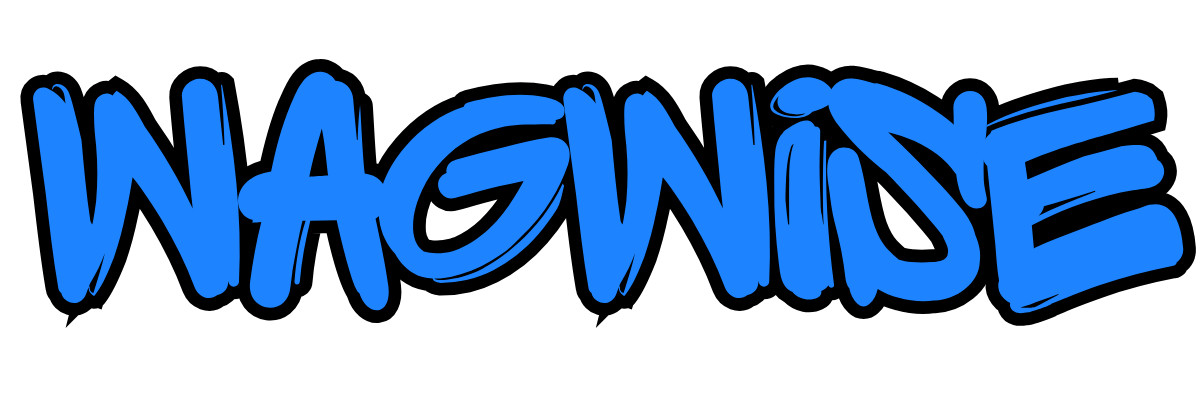Dog Jumping
Why Does My Dog Jump on Everyone?
Grumpy Old Max says: “We’re saying hi. You’re tall. We’re short. Physics, people.”
Jumping dogs may seem full of enthusiasm and love — and that’s often true — but it can also be frustrating, messy, and even dangerous.
Whether your dog is pouncing on house guests, leaping at kids in the park, or launching themselves at your new white shirt, it’s a behaviour that needs to be addressed.
Let’s take a closer look at why dogs jump, how to stop it, and when to seek professional help.
Why Dogs Jump: The Behaviour Behind the Bounce
Dogs jump because they’re excited, affectionate, and seeking attention.
It’s a natural canine greeting behaviour. Puppies instinctively jump up to lick their mother’s face — and they bring this same behaviour into their human families. Your dog isn’t trying to dominate you or misbehave out of spite.
They’re saying, “Hello! You’re home! I’ve missed you! Let me get closer to your face so I can love you properly!”
The problem? We often accidentally reward this behaviour. When a dog jumps up and we talk to them, pat them, or even push them away, we’re giving them the very thing they crave:
attention.
Is Jumping a Sign of Dominance?
Nope — not usually.
There’s a common myth that dogs who jump are trying to “assert dominance.” But modern dog behaviour science says otherwise.
Jumping is more about excitement and social interaction than any power struggle. That said, persistent or aggressive jumping
can be a sign of overstimulation, lack of training, or underlying behavioural issues.
Why Does My Dog Jump on Strangers but Not Me?
Some dogs have learned that their owners won’t tolerate jumping — but visitors?
They’re a free-for-all of fresh smells, new energy, and untrained reactions. Your dog is testing what works.
If the stranger reacts with squeals, pats, or laughs, that just reinforces the jumping behaviour.
It’s a feedback loop.
How to Stop a Dog from Jumping
Let’s break it down into a practical, paws-on-the-ground strategy.
1. Ignore the Jumping
As hard as it may be, don’t look, don’t speak, and don’t touch when your dog jumps. Attention—even negative attention—is still a reward.
Turn your back. Fold your arms. Look away. Wait until all four paws are on the floor before giving any affection or praise.
2. Reward Calm Greetings
Dogs repeat what works. So make “four paws on the floor” the magic key to your attention.
As soon as your dog calms down and stays grounded, offer a treat, gentle praise, or affection. Be consistent. Reward the behaviour you want — not the behaviour that just happened to be cute.
3. Teach a Solid “Sit” Command
The best replacement for jumping? Sitting!
Train your dog to sit as their go-to greeting behaviour. Practice frequently — before meals, before walks, before getting pats. When visitors come to the door, ask your dog to “sit” and only allow them to say hello if they stay seated.
This gives them a job, channels their energy, and helps them earn what they want — attention.
4. Enlist the Help of Visitors
Dogs don’t generalise well. Just because they know not to jump on you doesn’t mean they’ll automatically apply that to everyone else. Ask friends and family to follow the same rules:
- Don’t reward jumping with eye contact or affection.
- Only pet when the dog is calm or sitting.
- Be consistent — even when it’s hard to resist those puppy-dog eyes.
5. Practice Calm Arrivals
Coming home to an enthusiastic tail-wagging welcome feels amazing — but if it ends in a full-body slam, it’s time to tone it down.
When you arrive home:
- Don’t make a big fuss.
- Wait for your dog to settle before saying hello.
- If your dog starts jumping again, calmly disengage and try again in a few minutes.
Over time, you’ll teach them that calm greetings = love, and leaping lunacy = being ignored.
What NOT to Do
- Don’t knee your dog in the chest. This outdated technique can injure your dog and damage your relationship.
- Don’t shout or scold. It’s still attention, and it can cause anxiety or confusion.
- Don’t expect instant results. Training takes time, patience, and consistency — especially for energetic or young dogs.

When to Seek Help
If your dog’s jumping is:
- Aggressive or intense
- Knocking over children or elderly people
- Accompanied by barking, biting, or other signs of anxiety
- Unresponsive to consistent training
…then it may be time to consult a professional dog trainer or behaviourist.
Some dogs need tailored training strategies, particularly if there’s a history of trauma, overstimulation, or lack of early socialisation.
A qualified trainer can observe your dog’s behaviour and help develop a positive reinforcement plan that works for your home and lifestyle.
Related Questions
Why does my dog jump only on strangers?
They may be excited by new smells and unsure how to greet people who don’t enforce the same rules as you. Strangers often react in ways that unintentionally encourage jumping.
Is jumping a phase my puppy will grow out of?
Not unless it’s trained out. Jumping tends to become more ingrained over time without consistent correction and replacement behaviours.
Can some breeds be more prone to jumping?
High-energy breeds (like Labradors, Boxers, and Border Collies) often show more exuberant greeting behaviours — but jumping can occur in dogs of all sizes and temperaments.
Related Blog Posts
- How to Teach Polite Greetings
A step-by-step guide to training your dog to sit and stay calm when meeting people.
- From Jumping Bean to Good Boy: A Success Story
How one out-of-control puppy became a polite gentleman with consistent training and lots of love.
Final Word from Grumpy Old Max
"Look, we’re not trying to be rude. We just get excited. But I’ll tell you this — if you want us to act calm, you’ve got to show us how.
Make calm the cool thing.
Keep your pats to yourself until we’ve earned them.
Fair’s fair, human.”
Need more help with training?
Check out our
Dog Behaviour Guides, or get in touch with one of our trusted trainers for a personalised plan to transform your jumper into a joy.

